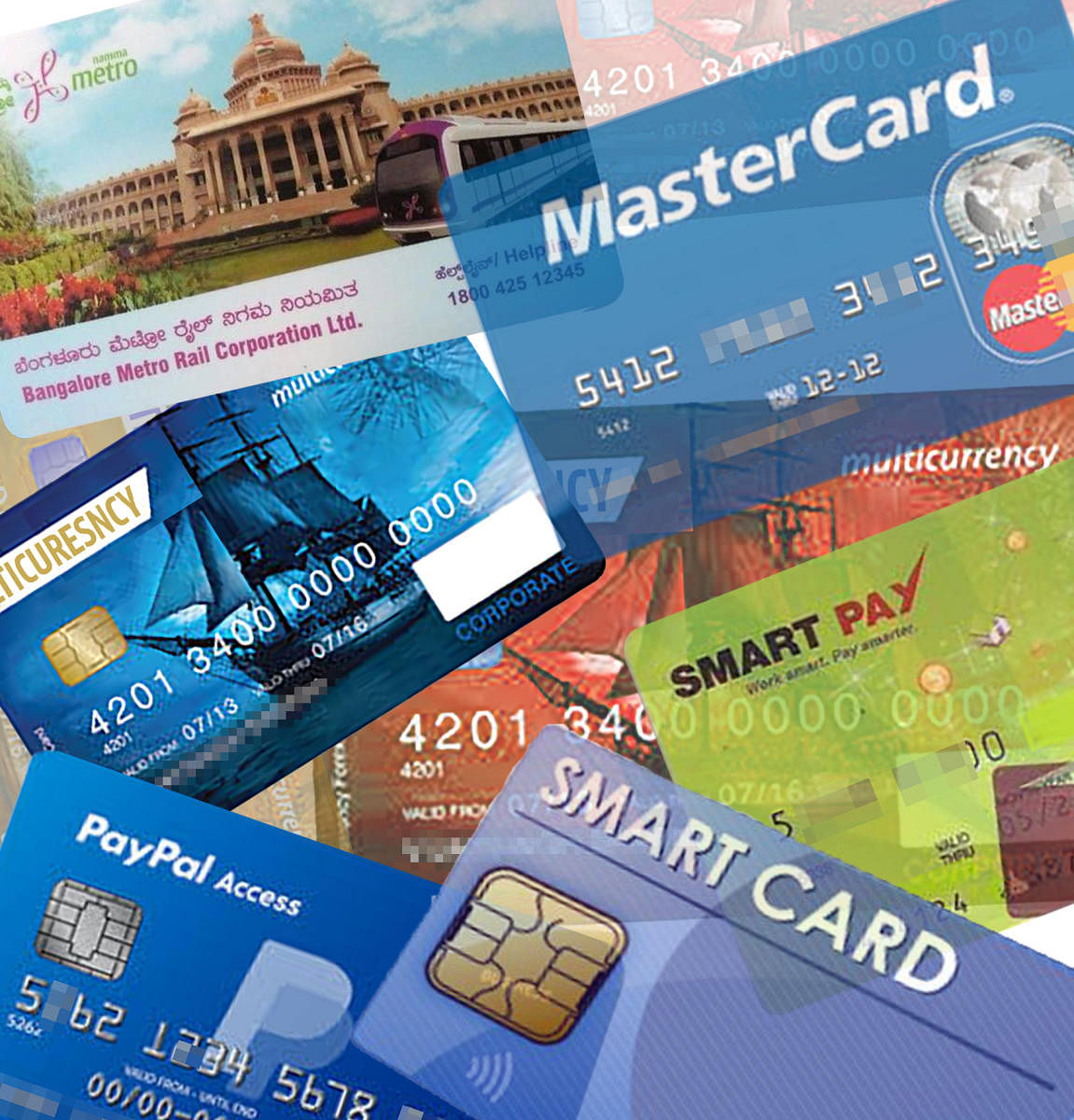The Nandan Nilekani-led committee on digital payments made its recommendations to the government recently. The report talks about a multitude of issues, including international expansion of RuPay cards, increasing digital payment acceptance at scale, and a revised outlook towards Know Your Customer (KYC). One of the most fundamental things the report talks about is the need for a National Common Mobility Card (NCMC) wallet.
The idea of unifying cards for mobility has been in the policy sphere for the better part of a decade now. For instance, launched in 2011, the ‘More’ card aimed to be a single point of transactions for transportation, including metro rail, buses as well as parking. The initiative failed to take off, but the Nilekani committee seems to have revitalised the debate. The committee mentioned NCMC in no less than three of its recommendations to the government. It suggested using the platform as a common technical standard to promote interoperable standards for transit payments. It also suggested enabling wider use of NCMC by extending use cases beyond mobility to point-of-sale devices. It also recommended the creation of an NCMC wallet.
The idea behind the NCMC originally was to create a seamless experience for citizens by allowing them to use a single card for transport. One nation, one card. Starting with metros and buses, the applications of the card could at a later stage be expanded into paying for fuel, tolls, and maybe even canteens at railway stations.
Widespread adoption of such an initiative is envisioned to have multiple positive effects. Firstly, and perhaps most importantly, the card could have a positive impact on the growth of digital payments. Secondly, this could help in ease of use for existing methods of transport (buses and metro) and provide a good template to introduce new methods of commute (smart bikes, for instance). Thirdly, the ‘one nation, one card’ approach could serve as a driver for more people to take up public transport, helping lower emissions.
The introduction and adoption of such a card would fit into the larger narrative of a developing India under Smart Cities and Digital India. The ingredients for the strategy for smarter mobility are all present, the question remains whether a smart NCMC card is the best possible solution to the opportunity that India has today.
Smarter strategy
The failed implementation of the More card and the subsequent proposal for the NCMC card implore us to ask a few questions of where we are and where we plan to go from here. This is not to say that the smart card is not a solution, but to imply that it should be part of a broader vision that is not limited to the introduction of new cards and instead also utilizes existing and emerging technologies.
Smart cards for public transport are not a new invention. London has been using the Oyster card for years now, covering metro, buses, ferries as well as cable cars. In 2007, Mumbai experimented with the same with a card called ‘GO Mumbai’ (a pilot project) which was applicable for BEST buses and later in Central and Western Railway Services. The rates of adoption were meagre. Out of the 3.7 million people who used the Central Railway, only 12,000 used the card; in the Western Railway, of 3.3 million commuters, only 39 used the card. So, before we go about implementing a new NCMC card, it would be a good idea to learn from pilot initiatives like GO Mumbai and develop a strategy that incorporates these new learnings.
GO Mumbai failed because of the infrastructure that supports smart cards. The company responsible for supplying gadgets that would validate the smart cards failed to deliver a sufficient number of products. Furthermore, the machines available to validate the cards for travel were riddled with technical problems. These directly contributed to low rates of adoption.
So, we need to learn from the pilots that did not fare well, as well as from initiatives that did. One idea might be to develop multiple points of entry and recharge for public transport in India. This would include introducing bank cards, public and private, with near-field communications (NFC), that work on public transport systems. RuPay recently adopted the same by launching contact-less cards. Contact-less cards would eliminate the need to have a metro card for users who own debit cards. The introduction of NFC technology in the metro, as well as buses, would facilitate payments by, say, Apple Pay and Google Pay in smartphones and smartwatches. In such a scenario, an NCMC card could serve as an alternative to individuals who do not own a bank card or would prefer to top up using cash.
An added advantage of having just one card (VISA, Mastercard, or RuPay) would be eliminating the need for continual top-ups. Such an ecosystem would make it a seamless experience for consumers to use public transport while multiplying the number of digital transactions. Besides, debit/credit cards are used at other points such as petrol pumps nationwide, so one wouldn’t need a strategy to push NCMC cards for fuel payments. This also supplements the committee’s current recommendation on increasing NCMC acceptance.
So, instead of tackling a problem as complex as payments for mobility using a new card, let us take this as an opportunity to introduce an ecosystem of smart payments, where consumers can easily access public transport with or without cards — something that we are progressing towards, anyway, through the recommendations of the Nilekani committee.
(The writer is Policy Analyst – Technology, at the Takshashila Institution, Bengaluru)
